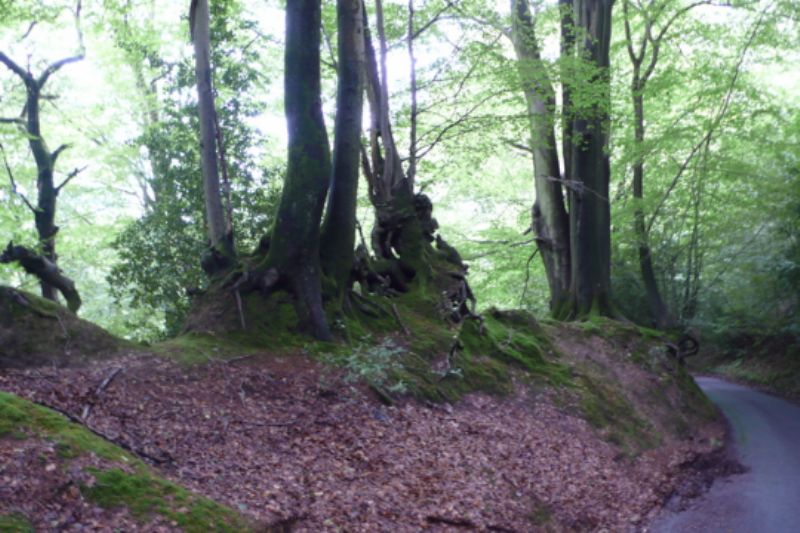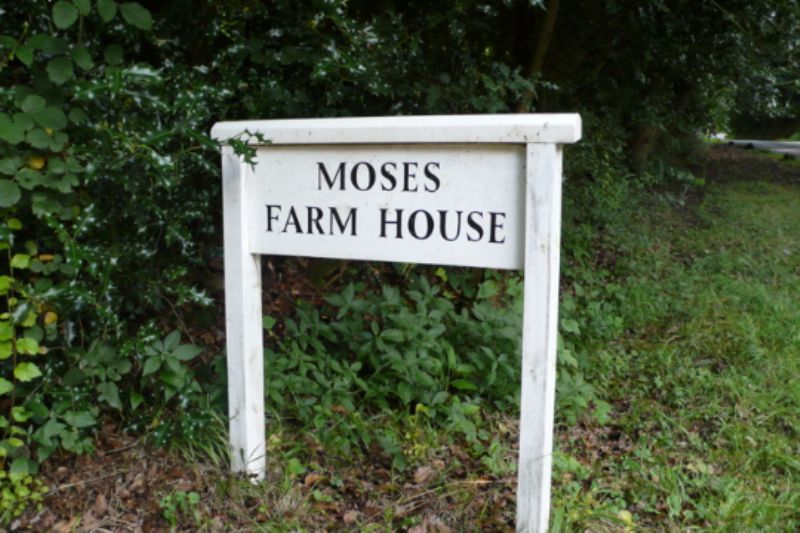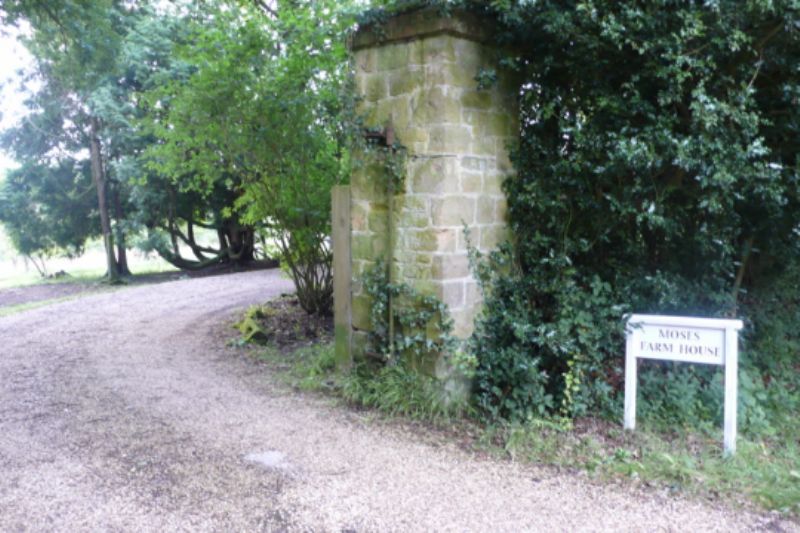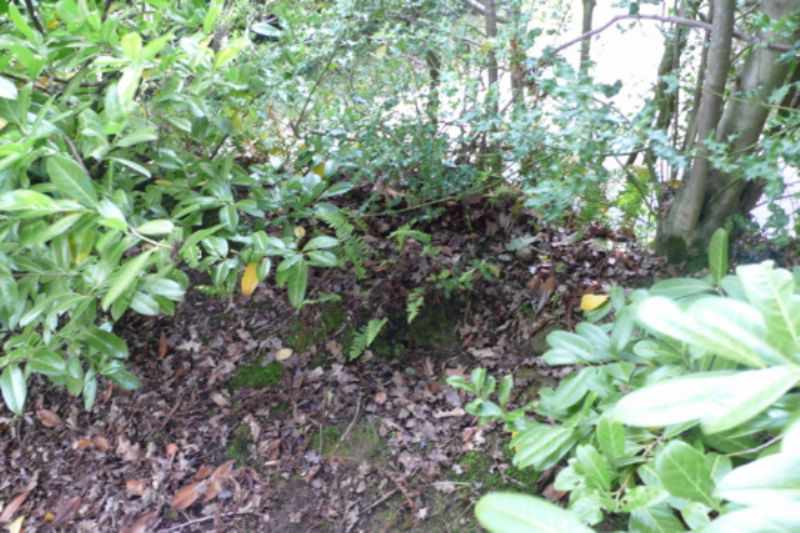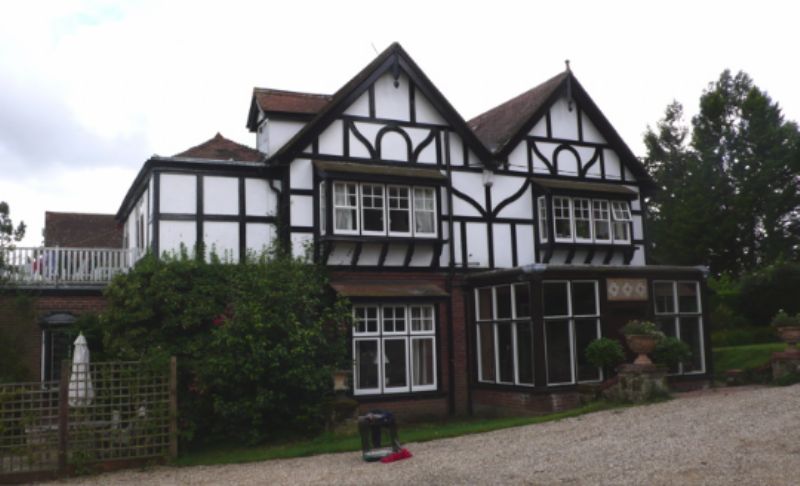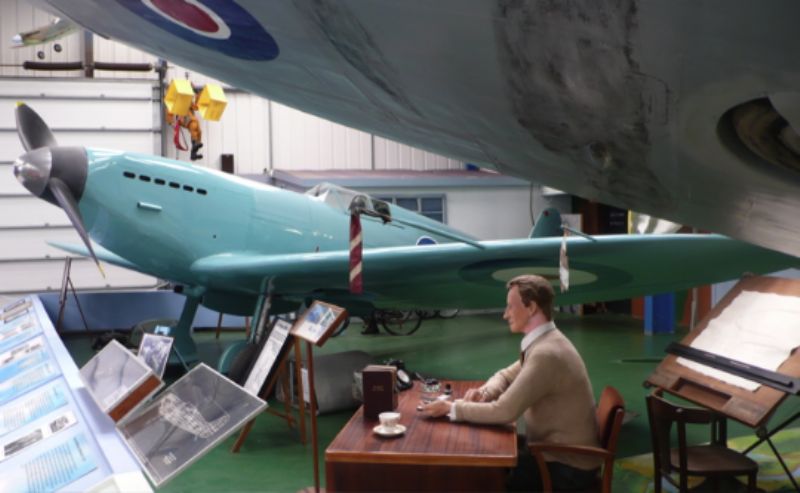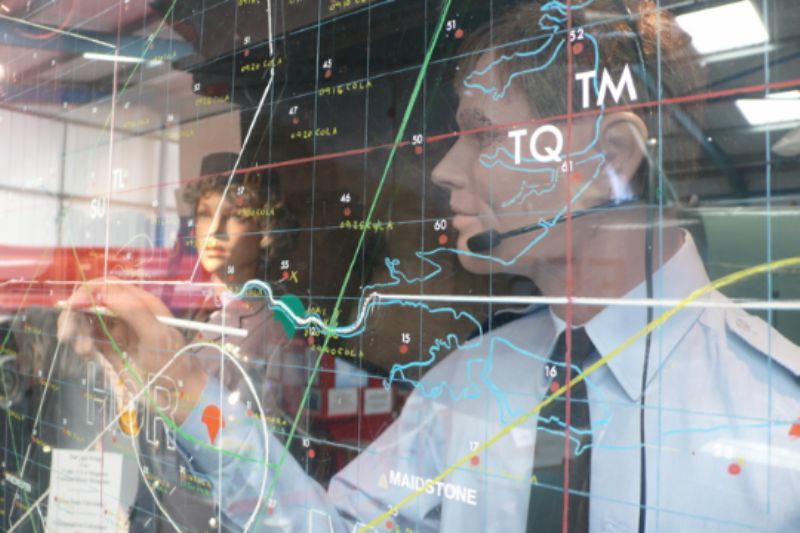We will probably never know what it would have been like to have had Al Gore as President, but his speech yesterday – ‘A Generational Challenge to Repower America’ – suggests that his vision could still help us rebuild from the rubble of the Bush years. And it chimes in very powerfully with some of my reading these two weeks that I have been on ‘holiday’ at home.
One of the books I bought a few days ago at the Borzoi bookshop in Stow-on-the-Wold was The Marshall Plan – and the Reconstruction of Post-War Europe, by Greg Behrman (Aurum Press, 2007). Have long felt that the vision of George C. Marshall is exactly what we need again today – and if we were able to stretch Gore’s vision for America to the wider world, that is exactly what we would have.
Some highlights of the Gore speech follow, though it really is worth reading it in its entirety. More from WeCanSolveIt.org.
“There are times in the history of our nation when our very way of life depends upon dispelling illusions and awakening to the challenge of a present danger. In such moments, we are called upon to move quickly and boldly to shake off complacency, throw aside old habits and rise, clear-eyed and alert, to the necessity of big changes. Those who, for whatever reason, refuse to do their part must either be persuaded to join the effort or asked to step aside. This is such a moment. The survival of the United States of America as we know it is at risk. And even more – if more should be required – the future of human civilization is at stake.
“I don’t remember a time in our country when so many things seemed to be going so wrong simultaneously. Our economy is in terrible shape and getting worse, gasoline prices are increasing dramatically, and so are electricity rates. Jobs are being outsourced. Home mortgages are in trouble. Banks, automobile companies and other institutions we depend upon are under growing pressure. Distinguished senior business leaders are telling us that this is just the beginning unless we find the courage to make some major changes quickly.
“The climate crisis, in particular, is getting a lot worse – much more quickly than predicted. Scientists with access to data from Navy submarines traversing underneath the North polar ice cap have warned that there is now a 75 percent chance that within five years the entire ice cap will completely disappear during the summer months. This will further increase the melting pressure on Greenland. According to experts, the Jakobshavn glacier, one of Greenland’s largest, is moving at a faster rate than ever before, losing 20 million tons of ice every day, equivalent to the amount of water used every year by the residents of New York City.
“Two major studies from military intelligence experts have warned our leaders about the dangerous national security implications of the climate crisis, including the possibility of hundreds of millions of climate refugees destabilizing nations around the world.
“Just two days ago, 27 senior statesmen and retired military leaders warned of the national security threat from an “energy tsunami” that would be triggered by a loss of our access to foreign oil. Meanwhile, the war in Iraq continues, and now the war in Afghanistan appears to be getting worse.
“And by the way, our weather sure is getting strange, isn’t it? There seem to be more tornadoes than in living memory, longer droughts, bigger downpours and record floods. Unprecedented fires are burning in California and elsewhere in the American West. Higher temperatures lead to drier vegetation that makes kindling for mega-fires of the kind that have been raging in Canada, Greece, Russia, China, South America, Australia and Africa. Scientists in the Department of Geophysics and Planetary Science at Tel Aviv University tell us that for every one degree increase in temperature, lightning strikes will go up another 10 percent. And it is lightning, after all, that is principally responsible for igniting the conflagration in California today.
“Like a lot of people, it seems to me that all these problems are bigger than any of the solutions that have thus far been proposed for them, and that’s been worrying me. I’m convinced that one reason we’ve seemed paralyzed in the face of these crises is our tendency to offer old solutions to each crisis separately – without taking the others into account. And these outdated proposals have not only been ineffective – they almost always make the other crises even worse.
“Yet when we look at all three of these seemingly intractable challenges at the same time, we can see the common thread running through them, deeply ironic in its simplicity: our dangerous over-reliance on carbon-based fuels is at the core of all three of these challenges – the economic, environmental and national security crises.
“We’re borrowing money from China to buy oil from the Persian Gulf to burn it in ways that destroy the planet. Every bit of that’s got to change.”
[…..]
“That’s why I’m proposing today a strategic initiative designed to free us from the crises that are holding us down and to regain control of our own destiny. It’s not the only thing we need to do. But this strategic challenge is the lynchpin of a bold new strategy needed to re-power America.
Today I challenge our nation to commit to producing 100 percent of our electricity from renewable energy and truly clean carbon-free sources within 10 years.
“This goal is achievable, affordable and transformative. It represents a challenge to all Americans – in every walk of life: to our political leaders, entrepreneurs, innovators, engineers, and to every citizen.”
[…..]
“Some of our greatest accomplishments as a nation have resulted from commitments to reach a goal that fell well beyond the next election: the Marshall Plan, Social Security, the interstate highway system. But a political promise to do something 40 years from now is universally ignored because everyone knows that it’s meaningless. Ten years is about the maximum time that we as a nation can hold a steady aim and hit our target.
“When President John F. Kennedy challenged our nation to land a man on the moon and bring him back safely in 10 years, many people doubted we could accomplish that goal. But 8 years and 2 months later, Neil Armstrong and Buzz Aldrin walked on the surface of the moon.
“To be sure, reaching the goal of 100 percent renewable and truly clean electricity within 10 years will require us to overcome many obstacles. At present, for example, we do not have a unified national grid that is sufficiently advanced to link the areas where the sun shines and the wind blows to the cities in the East and the West that need the electricity. Our national electric grid is critical infrastructure, as vital to the health and security of our economy as our highways and telecommunication networks. Today, our grids are antiquated, fragile, and vulnerable to cascading failure. Power outages and defects in the current grid system cost US businesses more than $120 billion dollars a year. It has to be upgraded anyway.
“We could further increase the value and efficiency of a Unified National Grid by helping our struggling auto giants switch to the manufacture of plug-in electric cars. An electric vehicle fleet would sharply reduce the cost of driving a car, reduce pollution, and increase the flexibility of our electricity grid.”
[…..]
“Of course the greatest obstacle to meeting the challenge of 100 percent renewable electricity in 10 years may be the deep dysfunction of our politics and our self-governing system as it exists today. In recent years, our politics has tended toward incremental proposals made up of small policies designed to avoid offending special interests, alternating with occasional baby steps in the right direction. Our democracy has become sclerotic at a time when these crises require boldness.”
[…..]
“So I ask you to join with me to call on every candidate, at every level, to accept this challenge – for America to be running on 100 percent zero-carbon electricity in 10 years. It’s time for us to move beyond empty rhetoric. We need to act now.
“This is a generational moment. A moment when we decide our own path and our collective fate. I’m asking you – each of you – to join me and build this future. Please join the WE campaign at wecansolveit.org.We need you. And we need you now. We’re committed to changing not just light bulbs, but laws. And laws will only change with leadership.
“On July 16, 1969, the United States of America was finally ready to meet President Kennedy’s challenge of landing Americans on the moon. I will never forget standing beside my father a few miles from the launch site, waiting for the giant Saturn 5 rocket to lift Apollo 11 into the sky. I was a young man, 21 years old, who had graduated from college a month before and was enlisting in the United States Army three weeks later.
“I will never forget the inspiration of those minutes. The power and the vibration of the giant rocket’s engines shook my entire body. As I watched the rocket rise, slowly at first and then with great speed, the sound was deafening. We craned our necks to follow its path until we were looking straight up into the air. And then four days later, I watched along with hundreds of millions of others around the world as Neil Armstrong took one small step to the surface of the moon and changed the history of the human race.
“We must now lift our nation to reach another goal that will change history. Our entire civilization depends upon us now embarking on a new journey of exploration and discovery. Our success depends on our willingness as a people to undertake this journey and to complete it within 10 years. Once again, we have an opportunity to take a giant leap for humankind.”


